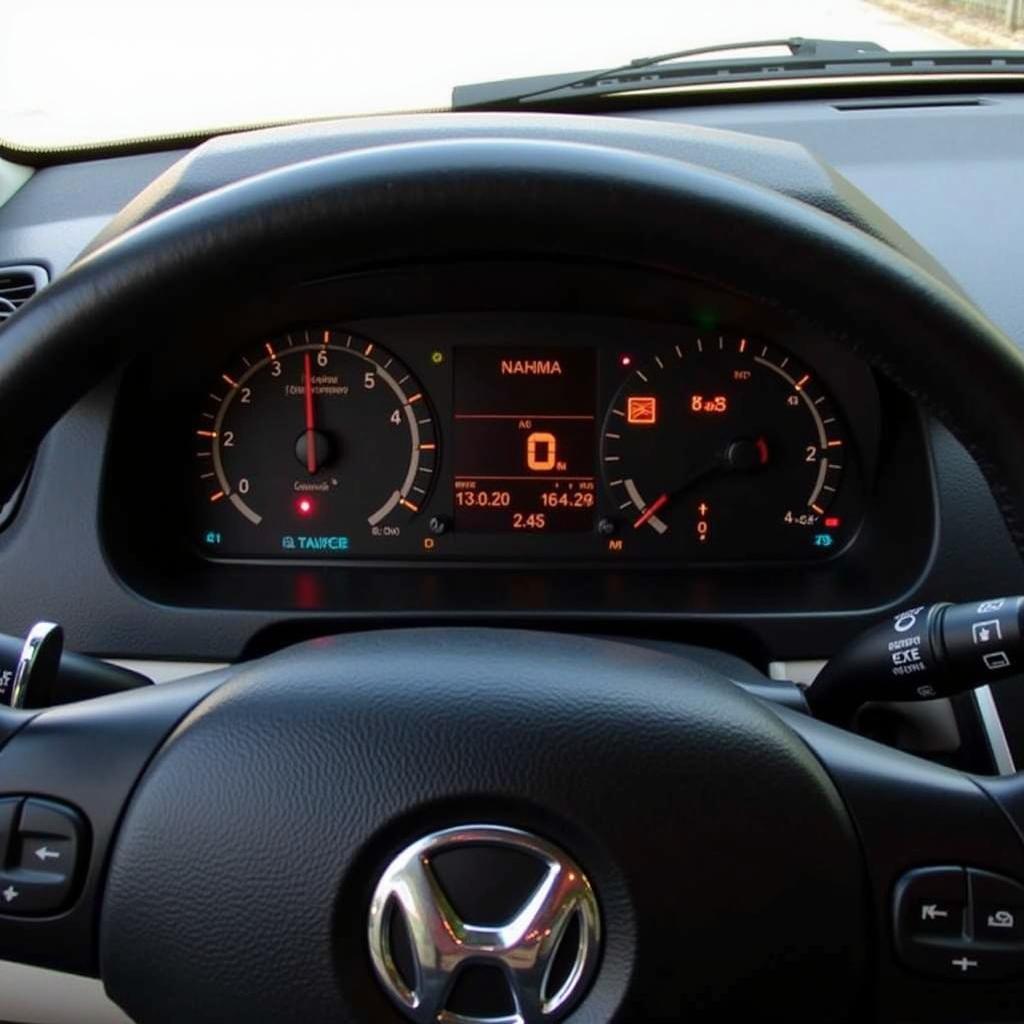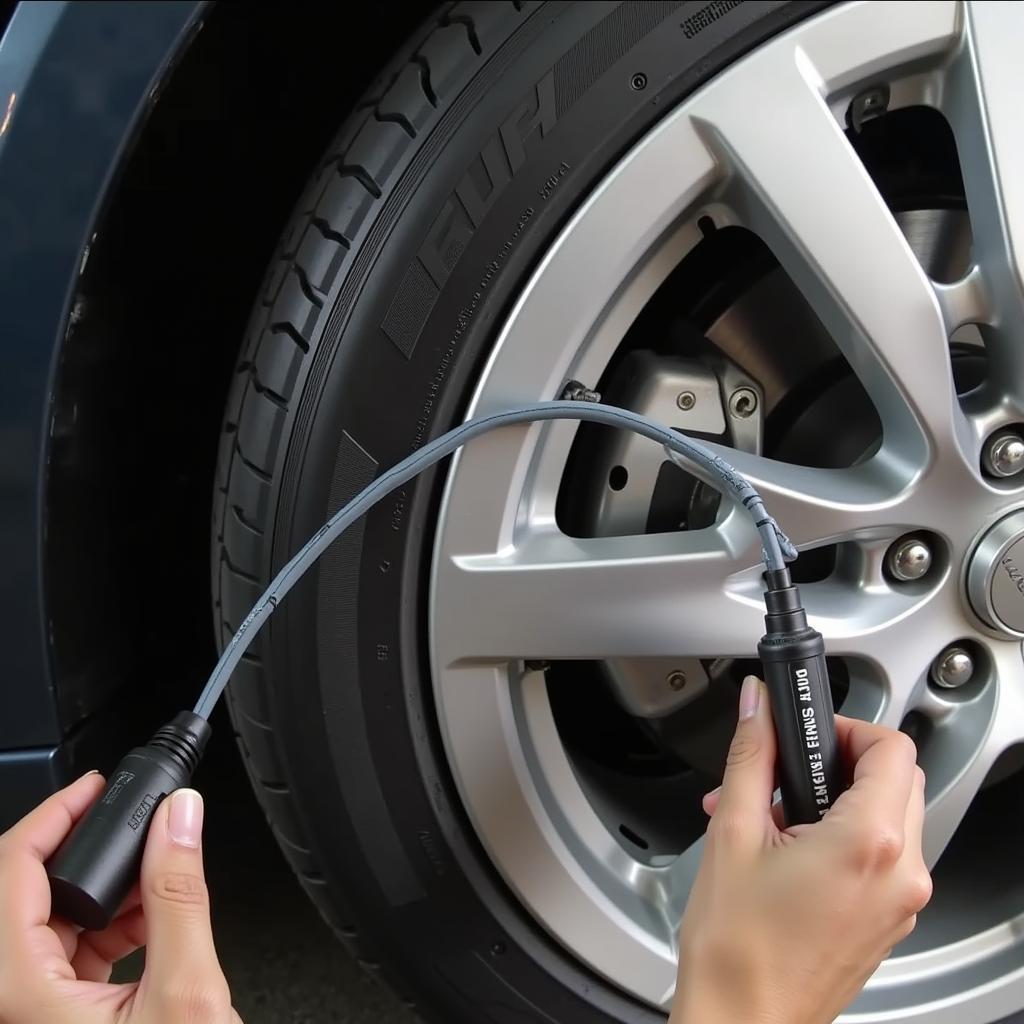The brake-pressure-differential-valve-warning-light-switch-genuine is a critical component ensuring your vehicle’s braking system operates safely and efficiently. A malfunctioning switch can trigger the warning light, indicating a potential problem with your brakes. This article will guide you through understanding, diagnosing, and resolving issues related to the brake-pressure-differential-valve-warning-light-switch-genuine.
Understanding the Brake-Pressure-Differential Valve and Its Warning Light Switch
The brake-pressure-differential valve plays a vital role in maintaining balanced braking pressure between the front and rear wheels. It ensures that if one brake circuit fails, the other continues to function, preventing loss of control. The brake-pressure-differential-valve-warning-light-switch-genuine is the sensor that detects imbalances in this system and triggers the warning light on your dashboard. This light alerts you to a potential issue within the brake system, requiring immediate attention.
Why is My Brake-Pressure-Differential-Valve-Warning Light On?
Several factors can cause the brake-pressure-differential-valve-warning-light-switch-genuine to activate the warning light. A common culprit is a low brake fluid level. This can trigger the switch, indicating a potential leak or simply that the fluid needs topping off. Another possibility is a faulty brake-pressure-differential-valve-warning-light-switch-genuine itself. Over time, the switch can wear out or become damaged, leading to false readings. A malfunctioning brake pressure differential valve can also activate the warning light. Finally, a leak in one of the brake lines can create a pressure difference, triggering the warning light.
 Brake Pressure Differential Valve Warning Light Location
Brake Pressure Differential Valve Warning Light Location
Diagnosing the Problem: A Step-by-Step Guide
-
Check your brake fluid level. This is the easiest and often the first step in diagnosing the issue. If the fluid level is low, top it off and see if the warning light goes off. If it returns, you likely have a leak.
-
Inspect the brake lines for leaks. Carefully examine all visible brake lines for signs of leakage. Look for fluid stains, wet spots, or damaged lines. If you find a leak, it needs to be repaired immediately by a qualified mechanic.
-
Test the brake-pressure-differential-valve-warning-light-switch-genuine. A multimeter can be used to test the switch for continuity. If the switch is faulty, it will need to be replaced.
-
Check the brake pressure differential valve. A professional mechanic can test the valve to ensure it is functioning correctly. If faulty, it will need to be replaced.
Replacing the Brake-Pressure-Differential-Valve-Warning-Light-Switch-Genuine
Replacing the switch is generally a straightforward process. It involves disconnecting the old switch, installing the new brake-pressure-differential-valve-warning-light-switch-genuine, and reconnecting the wiring. However, it is essential to use a genuine replacement part to ensure proper fit and function.
“Using a genuine brake-pressure-differential-valve-warning-light-switch is crucial for safety,” says Michael Turner, Automotive Electrical Engineer at Turner Automotive Solutions. “Aftermarket parts may not meet the same specifications, potentially leading to further problems down the road.”
Conclusion
The brake-pressure-differential-valve-warning-light-switch-genuine is a small but crucial component of your vehicle’s braking system. Addressing any issues related to this switch promptly is essential for safe driving. While some troubleshooting can be done at home, consulting a qualified mechanic is often the best course of action to ensure accurate diagnosis and repair, especially concerning the brake-pressure-differential-valve-warning-light-switch-genuine. Remember, a functioning brake system is paramount for your safety and the safety of others on the road.


